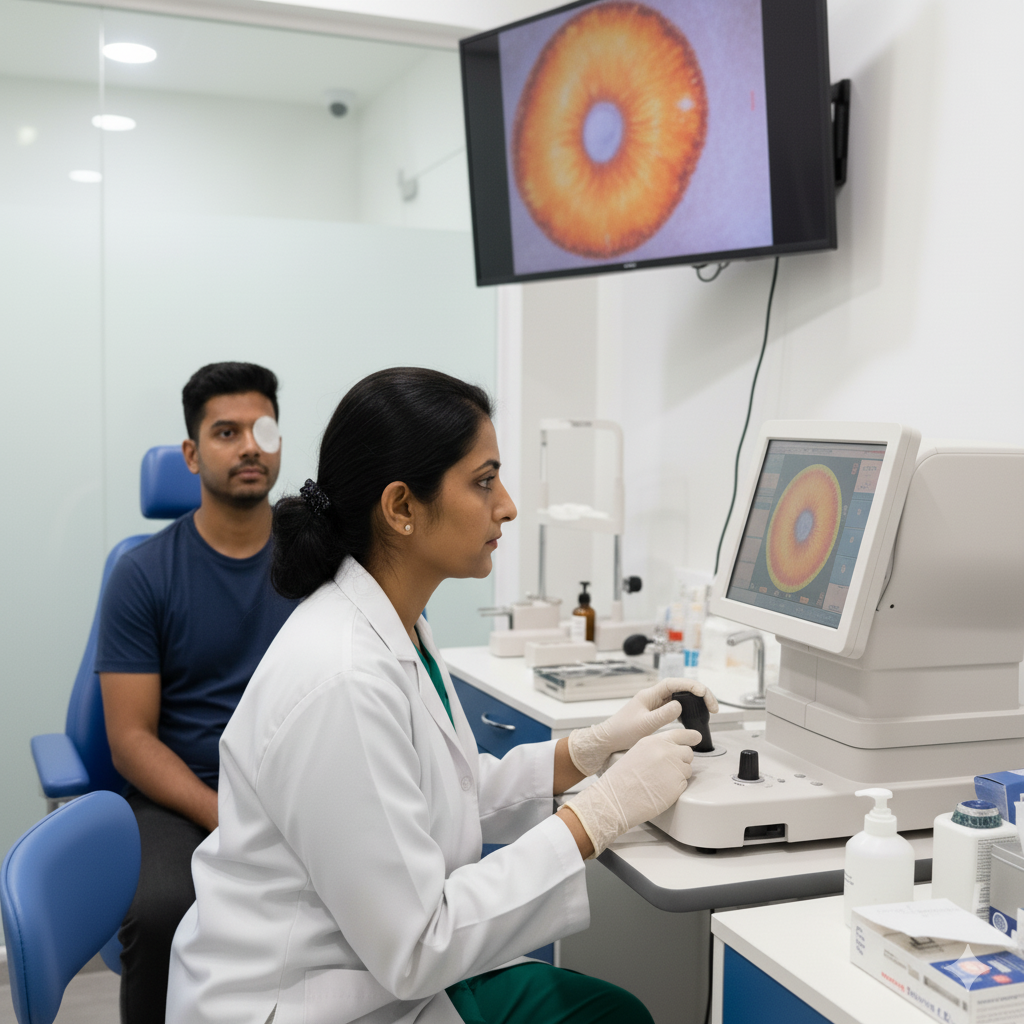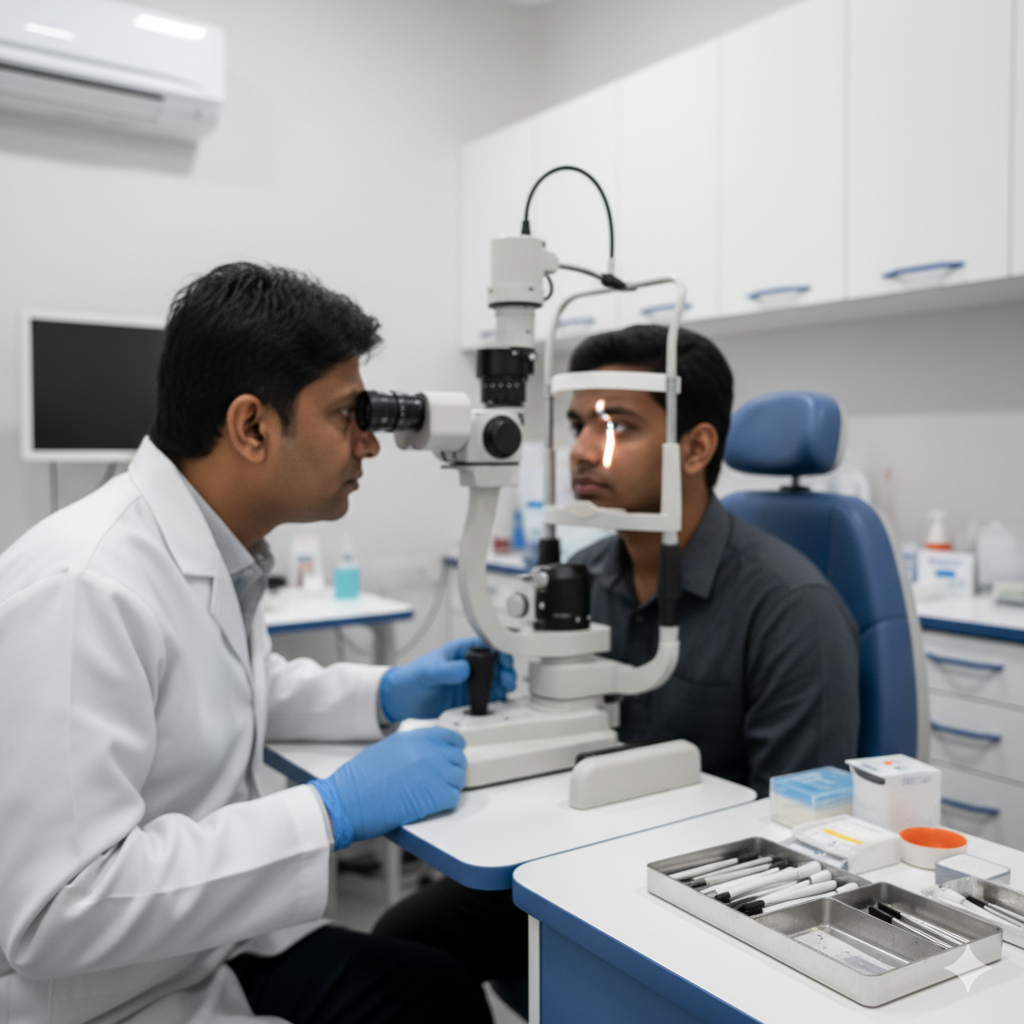


The cornea is the transparent outer layer of the eye that plays a key role in focusing vision. It acts as a protective shield against dust, germs, and harmful particles. Any infection, injury, or disease of the cornea can lead to blurred or impaired vision. Regular eye check-ups help maintain corneal health and ensure clear sight.
"The cornea is the transparent front part of the eye that focuses light for clear vision. Healthy cornea ensures sharp, bright, and comfortable eyesight."

The cornea is the clear, dome-shaped surface that covers the front of the eye. It helps focus light onto the retina, playing a crucial role in clear vision.The cornea is the clear, dome-shaped surface that covers the front of the eye. It helps focus light onto the retina, playing a crucial role in clear vision.